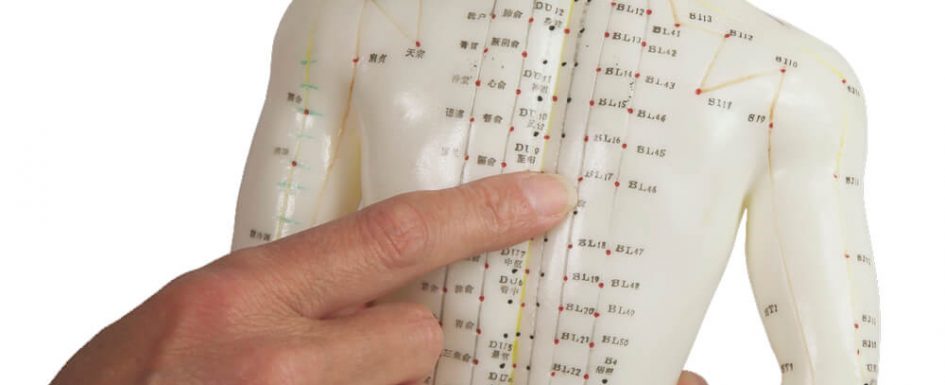Is Dry Needling the same as Acupuncture?
Yes and no. They both use the same type of needle. They both aim to reduce pain and resolve dysfunction. The dry needling service is only used to treat pain. Our Ipswich Acupuncture service is used to treat many other things as well. As an acupuncture technique, dry needling is available for Health Fund claims.
The technique of dry needling
Dry needling technique is part of the acupuncture practice as I was taught, however the theory behind it (outside of the acupuncture profession) is not the same. Also the term ‘dry needling’ came about after treatments experimenting the use of injecting a substance into painful places (wet needling) was found to be no better than just using an empty needle. Most commonly today, dry needling aims to stimulate a trigger point or motor point within a dysfunctional muscle.
- A trigger point is often described as an area of contraction within a muscle, causing pain or tenderness.
- A motor point is where the motor nerve enters a muscle. Motor nerves instigate movement of the muscle.
The needle is inserted and manipulated to cause a muscle twitch, therefore releasing the contraction at the trigger point, resulting in reduced pain.
The traditional development of acupuncture
followed the premise that most acupuncture points are found along the acupuncture channels. These points are all classified by name and function and are found at specific locations. Many of these points are motor points. Other points, known as “Ashi points” are found in areas of tenderness or pain. These Ashi points (or trigger points) are regularly used in the treatment of muscular pain. As with dry needling, Acupuncturists look for a muscle response (twitch) to achieve a positive outcome of reducing pain.
So yes they are both the same and yet different. And it’s not just their history of development or the terminology that sets them apart. Acupuncture is part of a complete medical system. Some points are used to influence blood flow or to reduce your stress response, while others will address pain. Whether you see a physiotherapist, massage therapist or acupuncturist will depend on your condition and personal preferences.
In Australia, Acupuncture is a registered profession with AHPRA. Training is a minimum 4 years Bachelor degree. Legally, anyone stating that they practice acupuncture must be a registered Acupuncturist. Previous to registration, some physical therapists offered ‘acupuncture’. Now they offer ‘dry needling’. Dry needling is offered as a weekend training. The term has been around since the late 1970’s but I think ‘acupuncture’ was just more commonly used as a description.
I have written more about how acupuncture works as a therapy for your nervous system. You can read the entire article here. Your nervous system is basically your body’s communication system. Acupuncture has been shown to act on the nervous system to help maintain balance
